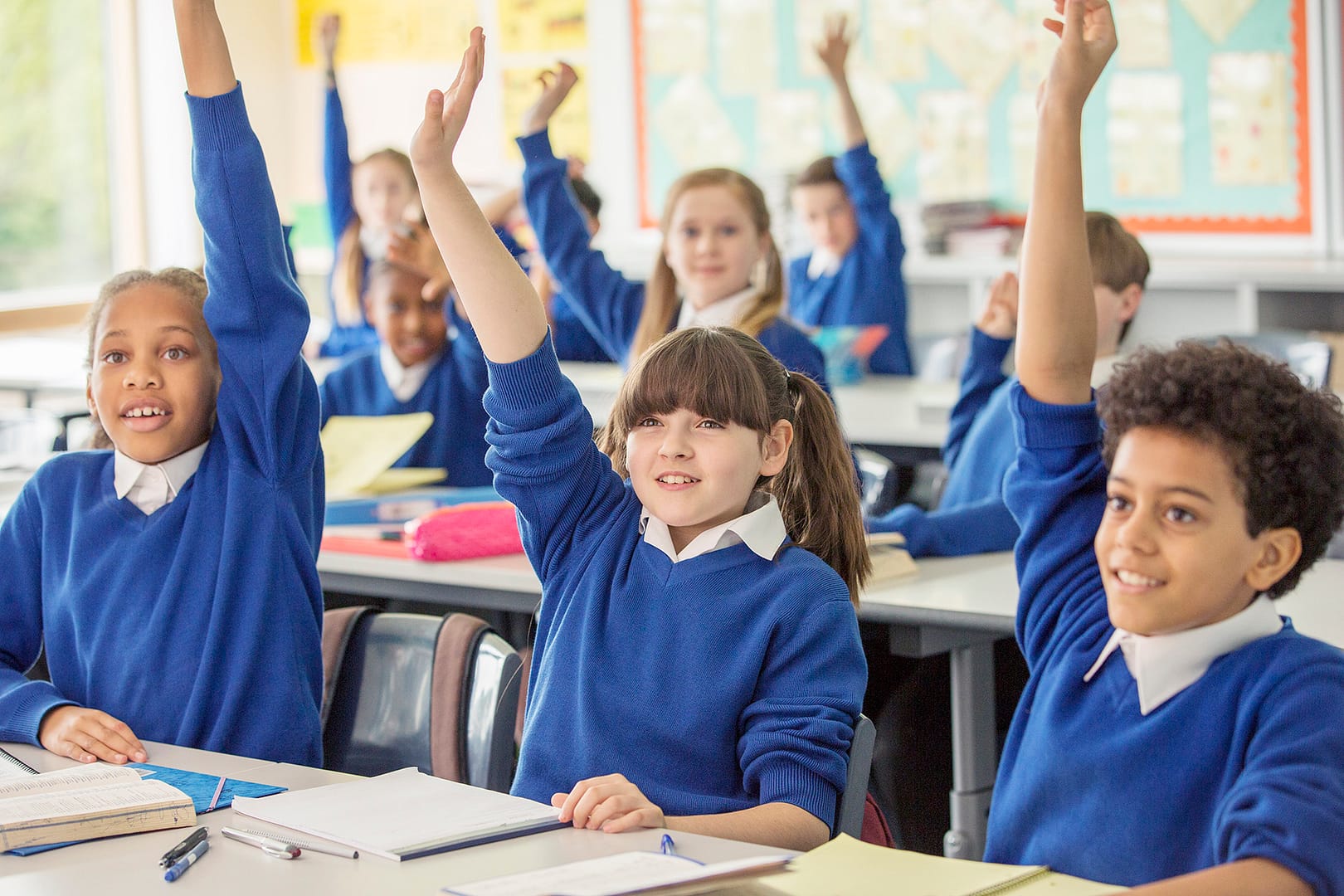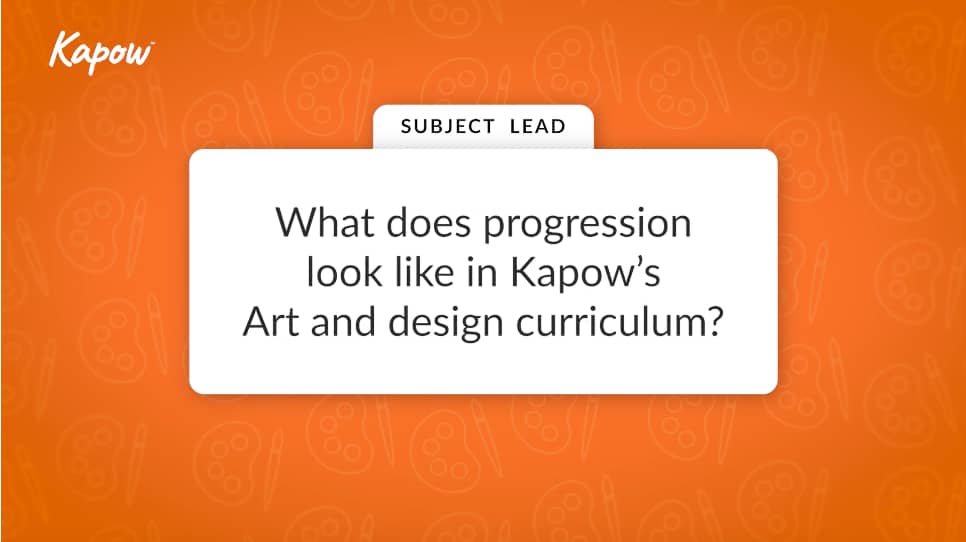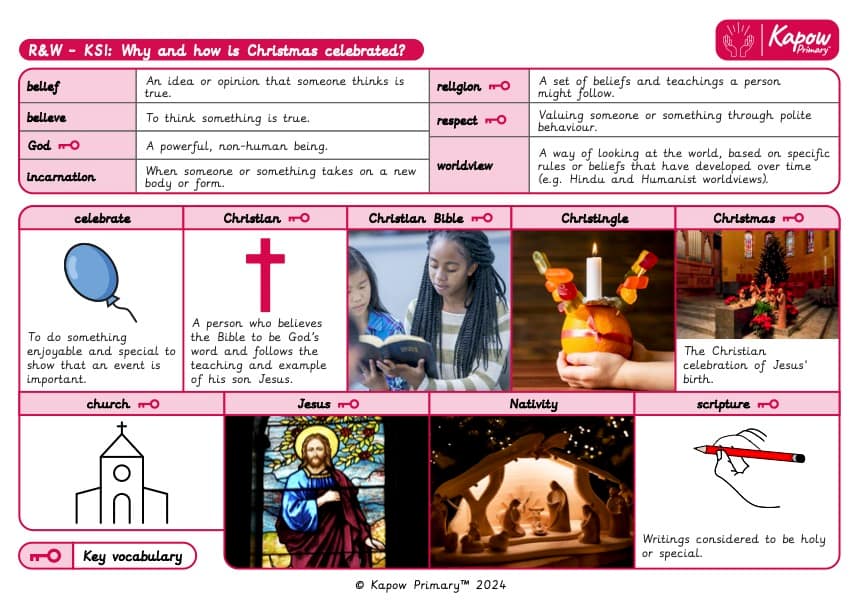year: Year 2
Webinar: Preparing for the RSHE 2026 update
Vocabulary display – D&T Y2: Mechanisms: Levers
This unit vocabulary display includes keywords from the unit Design & technology, Year 2, Mechanisms: Levers and additional unit-specific words that may be helpful in a display.
Key vocabulary is clearly labelled on the display, highlighting essential words that the pupils are expected to retain and reuse in future units. Understanding these words enhances comprehension of the subject and supports the development of design thinking, practical skills and knowledge of key processes and materials.
See the full Design and technology: Key vocabulary.
Subject leader video: What does progression look like in Kapow’s Science curriculum?
This video aims to help Science subject leaders gain an understanding of the Kapow Primary Science scheme of work, describing the knowledge and skills and how children make progress during primary school.
Subject leader video: What does progression look like in Kapow’s Computing curriculum?
This video helps Computing subject leaders gain an understanding of the Kapow Primary Computing scheme of work, describing the knowledge and skills pupils acquire and how they make progress during primary school.
Subject leader video: What does progression look like in Kapow’s Art and design curriculum?
This video aims to help Art and design subject leaders gain an understanding of the Kapow Primary Art and design scheme of work, describing the knowledge and skills and how children make progress during primary school.
Subject leader video: What does progression look like in Kapow’s Music curriculum?
This video aims to help Music subject leaders gain an understanding of the Kapow Primary Music scheme of work, describing the knowledge and skills and how children make progress during primary school.
Knowledge organiser – Religion and worldviews: KS1 Why and how is Christmas celebrated?
Vocabulary display – Art and design Y2: Sculpture and 3D: Clay houses
This unit vocabulary display includes keywords from the unit Art and design, Year 2, Sculpture and 3D: Clay houses and additional unit-specific words that may be helpful in a display.
Key vocabulary is clearly labelled on the display, highlighting essential words that the pupils are expected to retain and reuse in future units. Understanding these words enhances comprehension of the subject and supports pupils in articulating their work in sculpture, paper modelling, and 3D design.
See the full Art and Design: Progression of key vocabulary.










